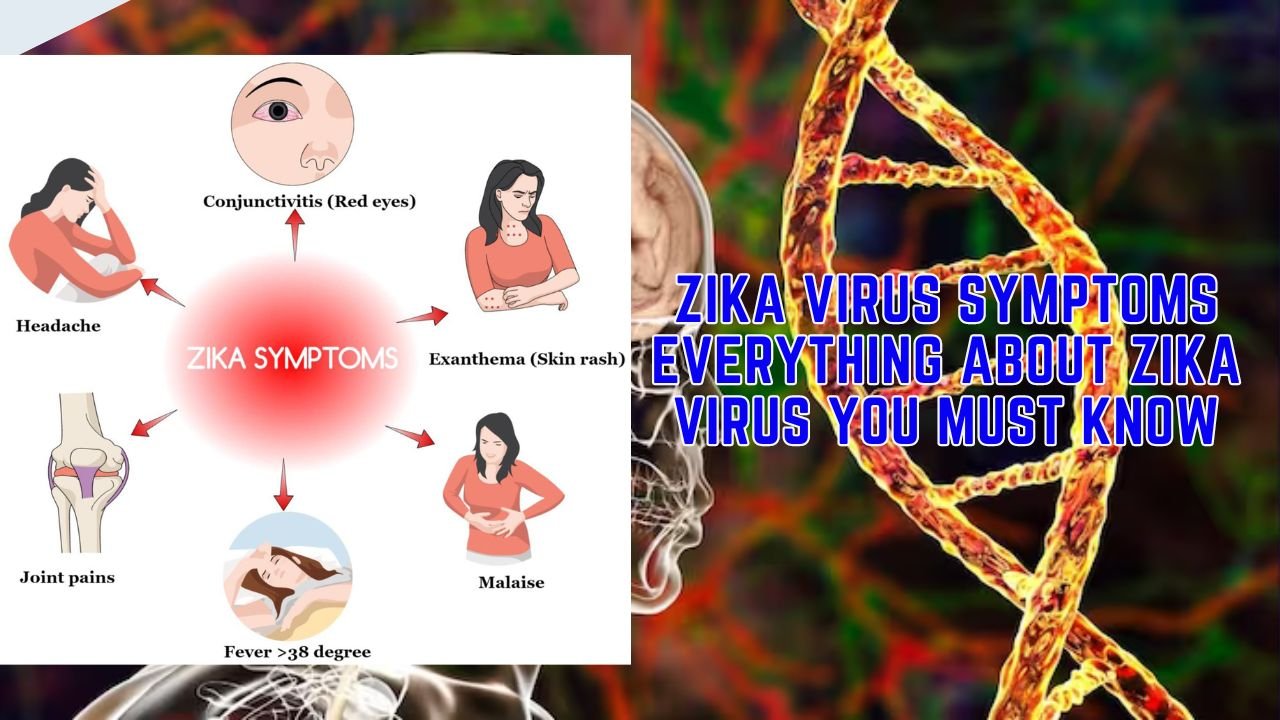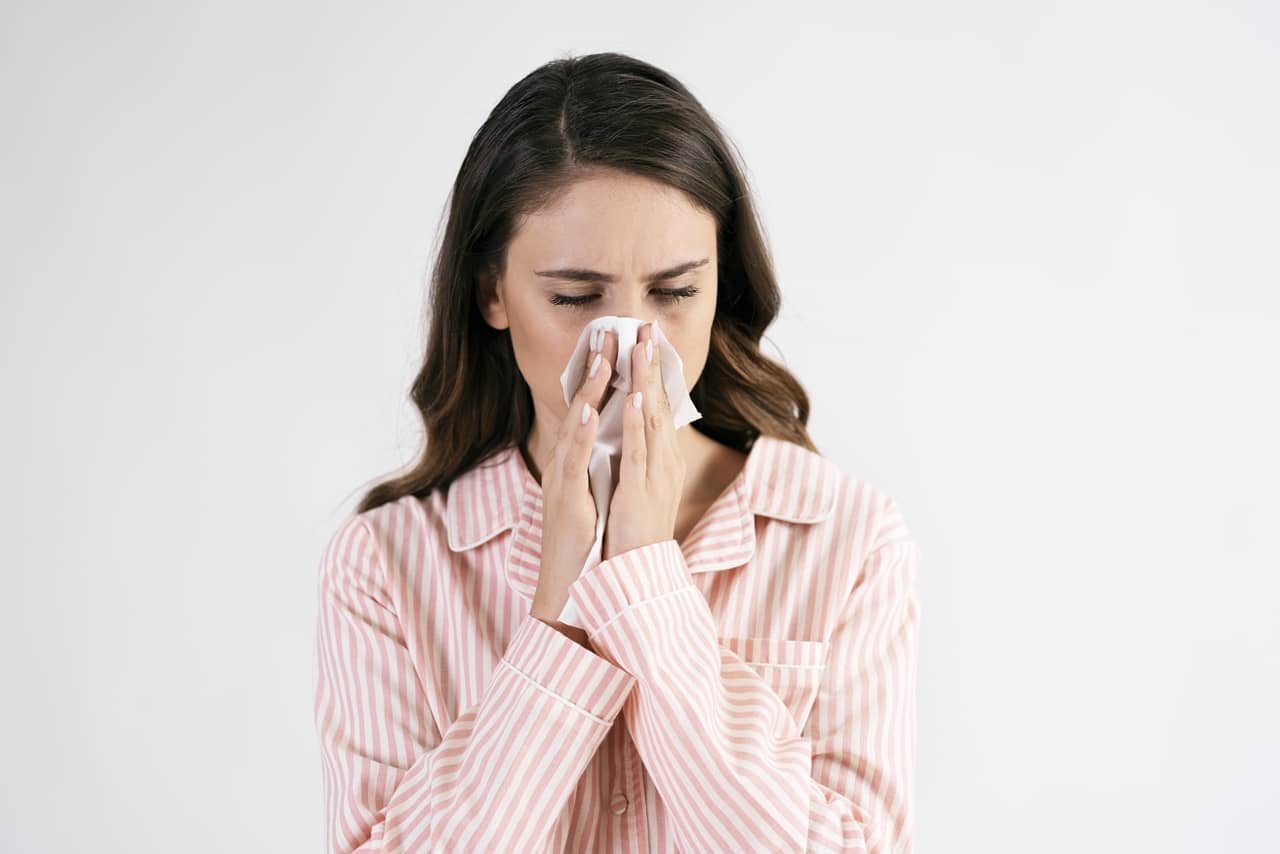Introduction
Before knowing zika virus symptoms, we must know more about zika virus. Zika infection, a generally vague term until later years, has gained popularity due to its impact on public health. Understanding the side effects associated with Zika infection is important for feasible anticipation and early detection. In this article, we look at different perspectives on the signs of Zika infection, from general signs to specific signs in particular populations.
Background on Zika Virus
Before we explore the symptoms, let’s take a moment to understand the background of the Zika virus. This virus, which originates in tropical areas, is mainly spread through the bites of infected mosquitoes. It attracted widespread attention, with notable outbreaks in various regions in the late 20th century.
Zika Virus Symptoms
Overview of Common Symptoms
Symptoms of Zika virus often mimic those of other viral infections, including fever, headache, and joint pain. However, specific symptoms, such as conjunctivitis and rash, distinguish Zika. It is important to understand these symptoms for accurate diagnosis and timely treatment.
Variation in symptoms across populations
Interestingly, the severity of Zika symptoms can vary from person to person. While some may experience mild discomfort, others may develop more serious complications. Pregnant women in particular face additional risks, which may have potential effects on the unborn baby.
Typical symptoms in pregnant women
For expectant mothers, Zika presents unique challenges. The virus has been linked to birth defects, emphasizing the need for special care and vigilance during pregnancy.
Misconceptions and facts
It is necessary to remove the myths related to Zika symptoms for public awareness. From false claims about modes of transmission to misconceptions about the impact of the virus, it is important to separate fact from fiction to foster informed communities.
How To Diagnos zika virus?
Accurate and timely diagnosis is the first step in managing Zika virus cases. This section will explore the different diagnostic methods available and emphasize the importance of early detection.
Diagnostic methods
Medical professionals use several diagnostic tools, including blood tests and molecular testing, to confirm Zika virus infection. Each method has its own advantages, which contribute to a comprehensive diagnostic approach.
Importance of early diagnosis
Early detection not only helps in prompt treatment but also plays an important role in preventing further spread of the virus. Public health initiatives emphasize the importance of early testing, especially in areas with high prevalence of Zika.
Prevention and Protection Of Zika Virus
In the absence of any specific treatment for Zika, prevention becomes paramount. This section will outline effective protective measures against Zika and highlight global efforts to control its spread.
Preventive Measures Against Zika Virus
Simple measures, such as using insect repellent and wearing protective clothing, can significantly reduce the risk of Zika infection. Public health campaigns emphasize the importance of community participation in implementing preventive measures.
Global Efforts to Control Zika Spread
International cooperation is essential to control the global spread of Zika. Governments, NGOs and communities work together to implement vector control strategies and raise awareness about preventive measures.
Zika Virus Treatment Options
Although there is no specific antiviral treatment for Zika, supportive care plays an important role in managing symptoms. Ongoing research into a Zika vaccine shows potential to prevent future outbreaks.
Current Treatment Options
Medical professionals focus on reducing symptoms, including fever and pain, through painkillers and adequate fluid intake. Rest is also recommended to aid the body’s natural healing processes.
Research Going On For Zika Vaccine
The search for a Zika vaccine continues, with researchers exploring different approaches. Vaccine development has the potential to have a significant impact on the global spread of Zika.
Geographical Spread and Impact
Understanding the areas affected by Zika is important to assessing its global impact. This section will explore the socio-economic consequences of the virus in the affected areas.
Zika Affected Areas
Zika has been reported in various regions, with tropical and subtropical climates providing a favorable environment for mosquitoes to breed. Mapping the geographic spread of Zika helps target public health interventions.
Socioeconomic Impact On Affected Areas
In addition to health impacts, Zika also has economic impacts on affected areas. The pressure on health care systems and the potential for lost productivity highlight the wider impact on communities.
Public Health Response
Government initiatives and community partnerships are essential components of an effective public health response to Zika. This section will highlight successful strategies and the role of communities in prevention.
Government Initiative
Governments around the world have implemented measures to combat Zika, ranging from mosquito control programs to public education campaigns. Timely and coordinated responses are critical to contain the outbreak.
Role of Communities In Prevention
Community involvement is the cornerstone of Zika prevention. Local initiatives, such as community cleanup campaigns and educational programs, empower individuals to take an active role in reducing the risk of Zika transmission.
Conclusion
In conclusion, unraveling the enigma of Zika virus symptoms is crucial for global health. From understanding common manifestations to exploring the distinctive challenges faced by pregnant women, this article has delved into various facets of Zika. As research progresses and awareness grows, there is hope for effective prevention, treatment, and ultimately, the eradication of Zika.
FAQs
1. Can Zika be transmitted through casual contact?
No, Zika is primarily transmitted through the bite of infected mosquitoes. It is not spread through casual contact with infected individuals.
2. What precautions should pregnant women take in Zika-prone areas?
Pregnant women should take extra precautions, such as using insect repellent and wearing long-sleeved clothing, to minimize the risk of Zika infection.
3. Is there a cure for Zika virus?
Currently, there is no specific antiviral treatment for Zika. Supportive care is provided to manage symptoms, and research is ongoing for a potential vaccine.
4. How effective are travel advisories in preventing Zika transmission?
Travel advisories play a crucial role in informing individuals about the risk of Zika in specific destinations. Adhering to recommended precautions can significantly reduce the risk of infection.
5. What can communities do to prevent the spread of Zika?
Communities can actively participate in prevention efforts by engaging in clean-up campaigns, promoting awareness, and supporting local initiatives for mosquito control.
















